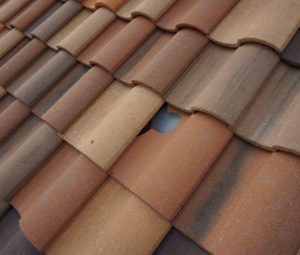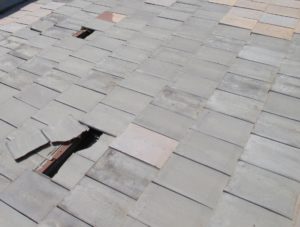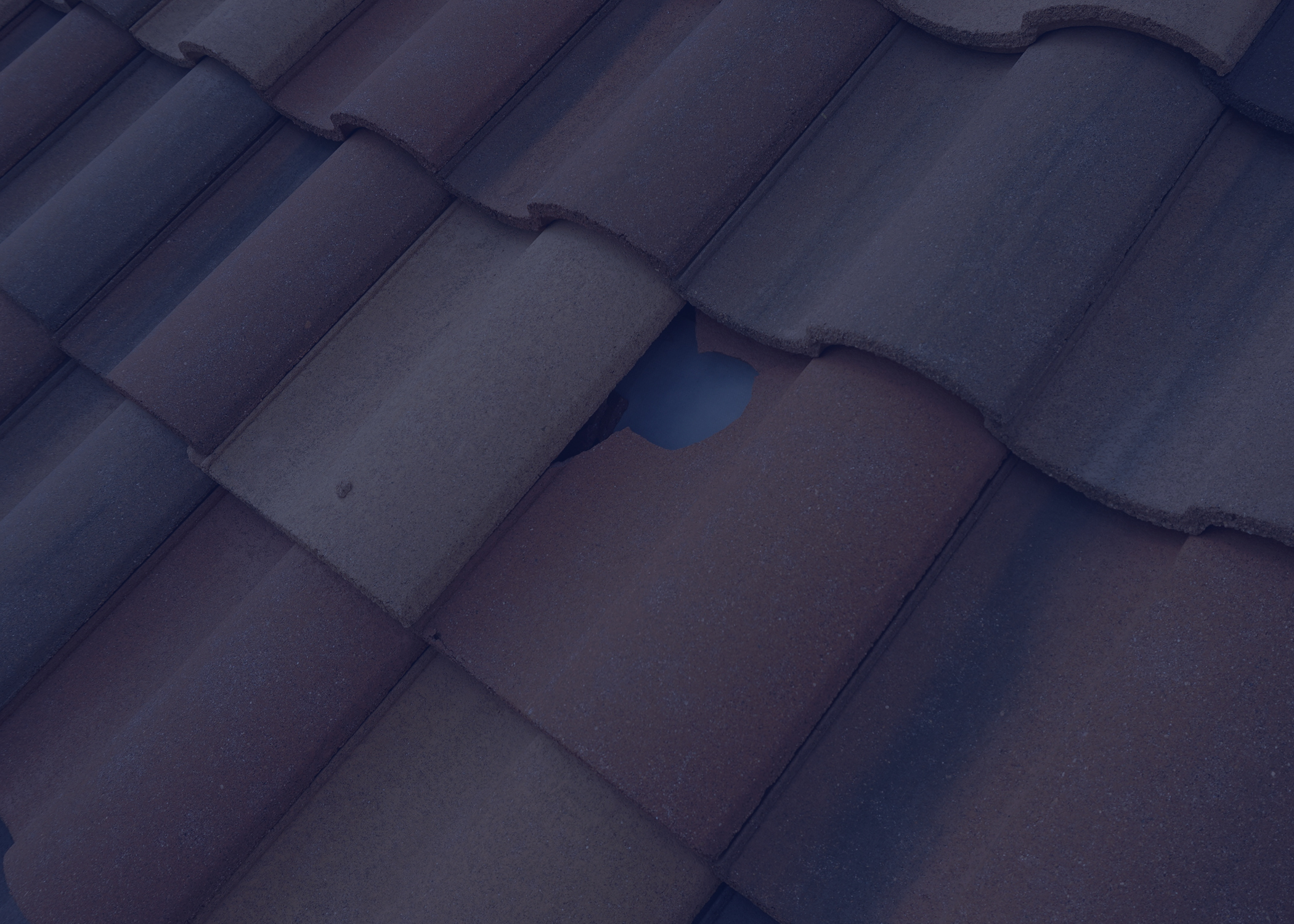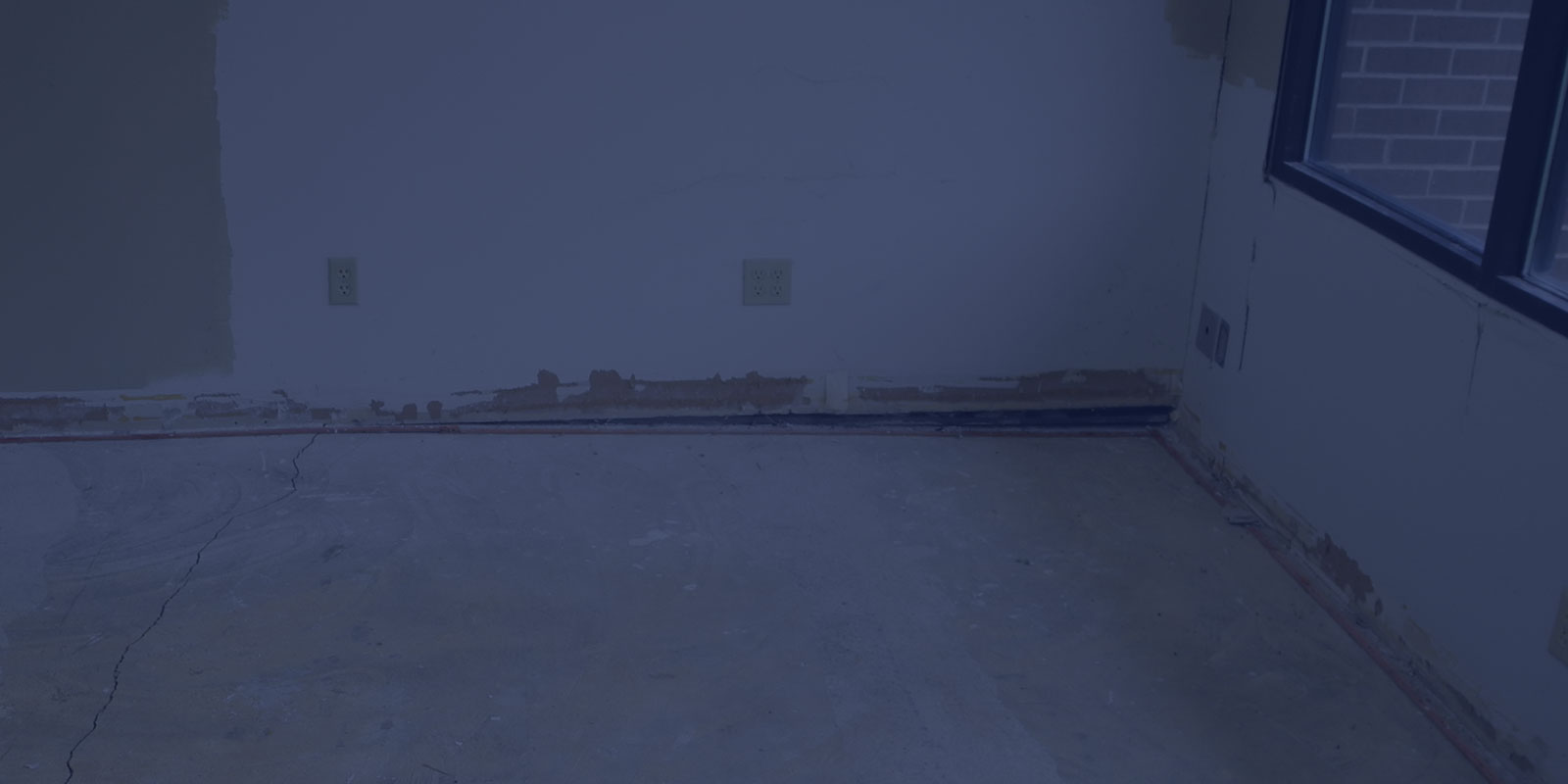Concrete tiles are a popular roofing product worldwide. They are a relatively heavy and durable roof covering, and have a much longer expected service life than many other roof covering products used today. With the ability to vary their shapes and contours, concrete tiles can also be made to suit multiple architectural styles. Because of the combination of performance and aesthetic advantages, concrete tiles are an especially popular roof covering material in the southern United States.
Although resilient, concrete tile roofing can experience damage during their life on a roof. Common causes of damage to concrete tiles include improper installation, foot traffic, and dimensional movement of building materials. Fractures at the lower corners of interlocking tiles are a common form of damage. These fractures can develop when tiles are installed too tightly, or if tiles are misaligned such that excessive pressure develops at the tile interlocks due to foot traffic or dimensional movement of construction materials.

Storm events with large hail or high winds can also cause damage to concrete tile roofing. Concrete roof tiles have a relatively high resistance to impact damage; however, sufficiently large hail can cause damage in the form of fractures in the tile, including fractures with a radial pattern. Additionally, high winds can cause displacement of tiles, especially those with poor fastening or along hips, ridges, and rakes.

It is wise practice for building owners to have their roofs evaluated periodically for maintenance reasons. Further, if damage to concrete tile roofing is suspected, a thorough evaluation by a licensed architect or engineer may be necessary to determine the existence, extent, and cause of the damage.
Nelson Forensics is always ready to assist with evaluations of roof systems and coverings. Nelson’s roofing expertise includes assessment of roof design and detailing, evaluation for hail and wind distress, determination of cause and extent of water intrusion, evaluation of drainage conditions, and analysis of as-built conditions and maintenance issues.

